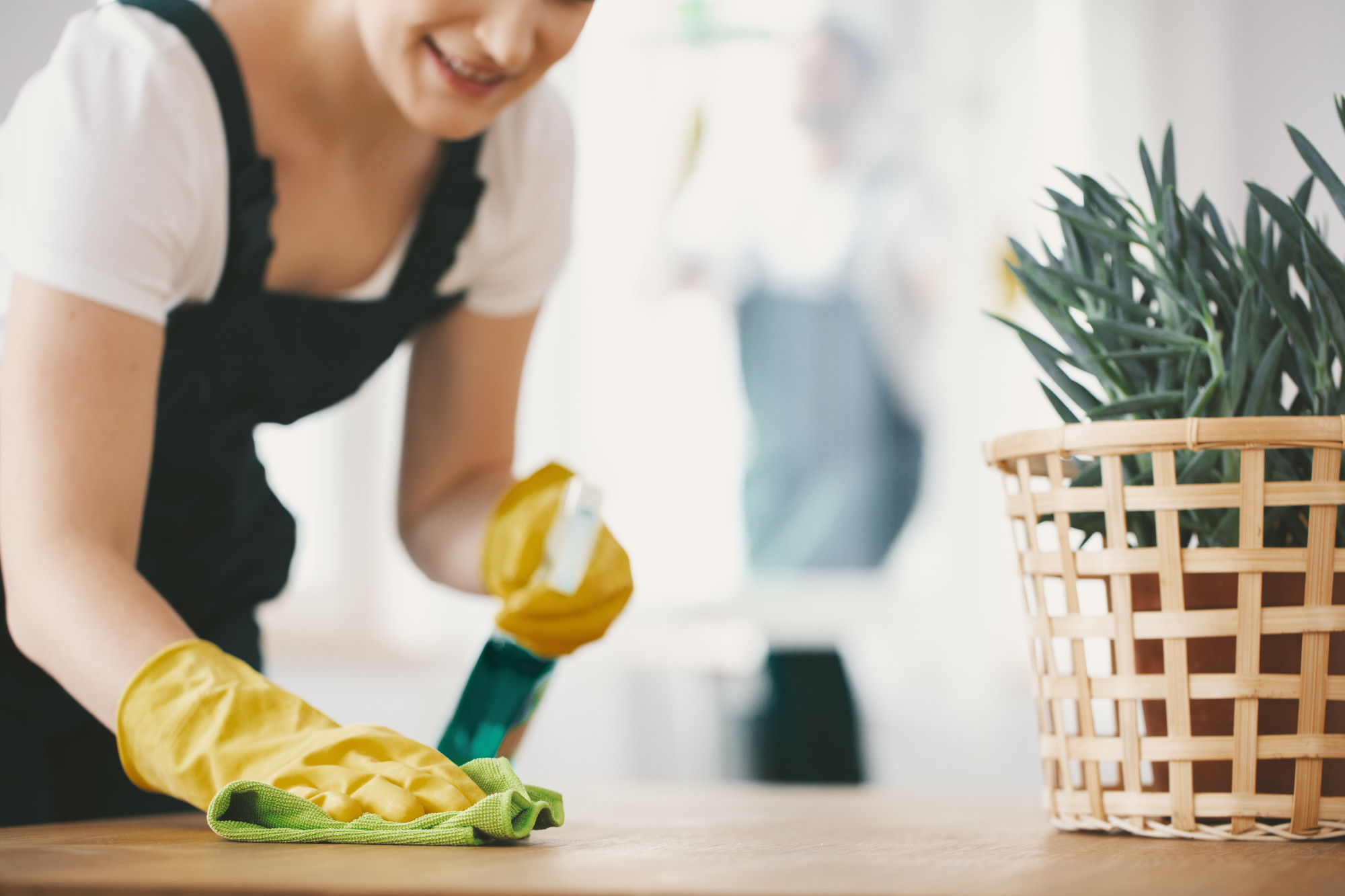Don’t let anyone tell you Americans don’t care about green issues. Americans really care about the environment.
In fact, more than 70 percent of Americans say that protecting the environment is actually more important than economic growth.
However, there are many ways that we can damage the environment without knowing it.
What if we told you that many of the household common products were really harmful to the natural environment?
Do you want to discover which products in your home you need to replace with environmentally friendly alternatives in the blog below?
Check out the below to learn more!
1. The Microbeads in Your Facial Cleansers
Over two-thirds of American consumers have no idea about the ingredients contained in facial cleansers.
You’re only trying to keep your face clean and healthy. And yet, you may not realize that you’re damaging the environment at the same time.
The microbeads that help to exfoliate your skin pass into the water system when you rinse your face.
What happens to these little beads of plastic? They end up in the ocean, of course. This is where they can cause untold damage to marine life.
Just one shower can cause over 100,000 plastic particles to be released into the ocean. That’s a lot of plastic pollution for one person.
These microbeads may also exist in your toothpaste and body scrubs. If you want to avoid playing a part in this environmental disaster, stop using products with microplastics.
2. Your Standard Domestic Bleach
The standard domestic bleach is a common product found in everyone’s home. And yet, you should question whether you really need such a potent product to kill the germs in your home.
Some people even question whether the germs in your home are as dangerous as the chemicals contained in the bleach. These chemicals include chlorine and lye.
You should always read the label about the ingredients in your cleaning products before you buy anything. This can help to prevent you from further damaging the environment.
3. Throwing Away Disposable Wet Wipes
Apparently, there has been a 400 percent increase in the number of disposable wet wipes found on beaches.
This can cause significant harm to marine life. Unlike paper, which dissolves in water, disposable wet wipes don’t.
That’s why you shouldn’t flush your disposable wet wipes down the toilet. Place them in the trash instead.
Disposable wet wipes can also contain plastics that cannot be dissolved either. This makes them a nuisance for the environment.
If you can replace wet wipes with wet towels that can be washed and reused, this is even better.
4. Single-Use Plastics Everywhere in Your Home
Did you know that over 40 percent of plastic is packaging? That’s a lot of waste. You need to recycle any single-use plastic that finds its way into your home.
This could include everything from the packaging that your Amazon delivery arrives with or the disposable cutlery you used for a party.
Any opportunity to cut down on plastic should be grasped with both hands. You can’t afford to keep unsustainably using plastic once and throwing it away.
When you go to the grocery store, don’t take any plastic bags. Simply take your own reusable bags to carry your purchases inside.
You could learn a lot about how to go “zero waste” and embrace a plastic-free lifestyle by following the work of the Climate Leadership Council.
5. Scrubbing With Hand Sanitizers
According to one study, around 95 percent of people don’t wash their hands correctly. Do you always wash your hands with soap and water?
At the same time, a growing number of people are swapping tap water and soap for the convenience of hand sanitizers and antibacterial gels.
These products are advertised as killing 99.9 percent of germs. However, this doesn’t replace washing your hands with soap.
Furthermore, some so-called “super-bugs” are emerging this our natural immune system has become weakened by obsessive hygiene.
Don’t allow the environment to be infested with “super-bugs”. Just keep your hands clean without stressing about killing every germ.
6. Cleaning Laundry and Dirtying the Environment
You may think that you’re only cleaning your clothes. But, actually many laundry detergents are packed with ingredients that could potentially harm the environment.
For example, detergents that contain phosphates can even fertilize the plants that grow quickly and block the waterways. This could cause blockages or flooding.
7. Spraying Aerosol Cans Under Your Arms
Over ten years ago, the CFCs contained in aerosols caught headlines. The big environmental issue of the day wasn’t biodiversity loss or global warming.
Instead, it was the Ozone Layer. This was being damaged by the use of CFCs that existed in refrigerators and aerosols.
Thankfully, CFCs are banned now. But, aerosols can still damage the environment.
The manufacturers simply replaced CFCs with hydrocarbons, such as nitrous oxide. This may not damage the Ozone Layer. But, it does contribute to climate change as a greenhouse gas.
You should also check the packaging of your aerosols. They are often impossible to recycle. Think carefully about how you stay smelling great without using this damaging product.
Common Products That Harm the Environment
If you want to do your bit to save the planet and the environment, then you need to think about everything in your life.
In this blog post, you’ve discovered how many of the common products lying around our homes can actually damage the environment.
From the laundry detergents you use to wash your clothes to the microplastics in your facial cleanser, damage to the environment can come in surprising places.
Do you want to discover more about how you can live environmentally friendly? We have much more to explore right here on our blog.










